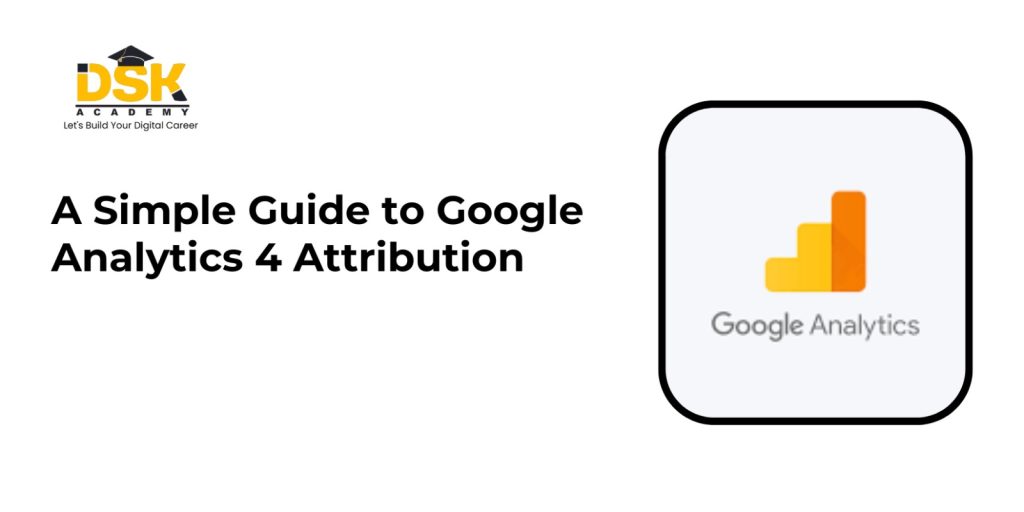Google Analytics 4 is a measurement tool that helps you measure your website traffic and app engagement. The attribution model is one of the most crucial models of GA 4. This model consists of some set of rules that assess the process of credit for different ads, clicks along other factors to touchpoints in the conversion path.
GA 4 models are a key component for mobile marketers to understand which marketing campaigns, ads, and strategies are most effective in driving user engagement, retention, and revenue. So, here is a simple guide to GA 4 Attribution to help you understand the model, its classification, and several advantages.
What is Google Analytics 4 Attribution Model?
Attribution in GA 4 is a process of determining conversions to different marketing channels or touchpoints in a customer’s journey. This might involve engagement with social media, advertisements, app installs, in-app purchases, clickstream, and other tracking sources of behaviour.
Analyzing attribution helps businesses to identify their market position, and brand value and assist them to optimize their marketing strategies to enhance their monetary value on investment. Embrace GA 4 attributes to stay a step ahead of the competitive market and make customer-driven strategies to achieve your desired business outcomes.
Types of Attribution Model in Google Analytics 4
The cross-channel rule-based attribution model of GA 4 can be classified into the following four types:
First-Click Attribution
You may see the initial touchpoints of a customer’s journey through your website or app. First-click Attribution is very convenient for understanding the initial engagement of your marketing performance.
Last Click Attribution
Also, you can have a clear view of the final touchpoint of your customer’s journey with the last click attribution model. This attribution model allows marketers to identify what is influencing most conversions.
Linear Attribution
You may use this multi-touch attribution model that equally provides conversion credit to every touchpoint and interaction of your customer’s journey. Linear attribution model provide an even view of touchpoints to help you determine the most effective marketing strategies.
Position-based Attribution
Position-based attribution will split 40% credit to the first touchpoint on your website or application and 40% to the last. Rest 20% credit is equally distributed across all of the medial touchpoints by Position Attribution.
Advantages of GA 4 Attribution
Google Analytics 4 provides transparent insight over customer data for better market performance. Let’s see the key advantages of this attribution:
GA 4 gives a clear understanding of factors that are influencing conversions. This helps you allocate your marketing decision effectively with better measurement and optimization of the market.
Also, GA 4 attribution data helps define your marketing strategies by identifying the touchpoints and channels. Along with that, it helps you develop customer-centric strategies for your business.
Apart from that, Google Analytics 4’s cross-platform attribution provides a clear view of customer behaviour.
How to Shift to Google Analytics 4
If you are trying to shift towards a new GA 4 analytics, here is a complete guide for you:
First of all, set up a new GA 4 property in your analytics such as a blog, website, or mobile application. Select the reporting time zone, currency, business size, and category while finishing the creation process.
Secondly, keep track of key events such as views, clicks, transactions, and purchases on your application or web page.
Then, point out the attribution model that can support your business the most. After that, select your preferred attribution model for your business for making strategic marketing decisions.
Using Google Analytics 4 for your business can be helpful for better understanding your business performance. Likewise, it can change the entire game of the business world in future. Thus, you can always be a step ahead by knowing the insights of customer engagement for more informed strategies of marketing.

